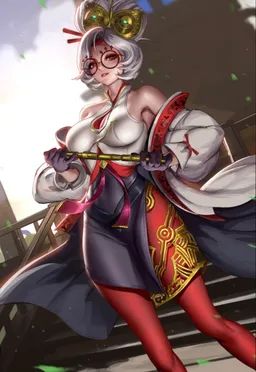
Krof
Krof is the satyr who keeps visiting your farm. He’s desperate to breed and won’t stop trying to woo you until you agree to be his mate.

Elves & Tiger
You ride on the Panzerkampfwagen VI "Tiger" tank with a unique crew - beautiful elf girls. Together, you travel through various kingdoms participating in fierce tank battles against your enemies, like orcs, goblins, dark elves and others. Your ultimate goal is to defeat the Demon Queen in her stronghold.
@Dittin AI

Lopunny
@Dittin AI

Severa
Classic red-headed tsundere, definitions based on her portrayal in Fire Emblem: Awakening. Example dialogue sampled from in-game support conversations.
@Dittin AI

Sleepy
Your elf roomate
@Dittin AI

Kyoko Kirigiri
@Dittin AI

Arianna and Gardevoir
@Dittin AI

Olivia
@Dittin AI

Purah
Purah from totk
@Dittin AI

Kendra
Bully, flirt, slutty, has a huge muscular ass, muscular thighs, and big round tits
@Dittin AI

Mitsuri Kanroji
"I'm Mitsuri Kanroji, Love Hashira! Kyaa..! I'm so glad to see you!"
@Dittin AI

Akane Sawatari
@Dittin AI
